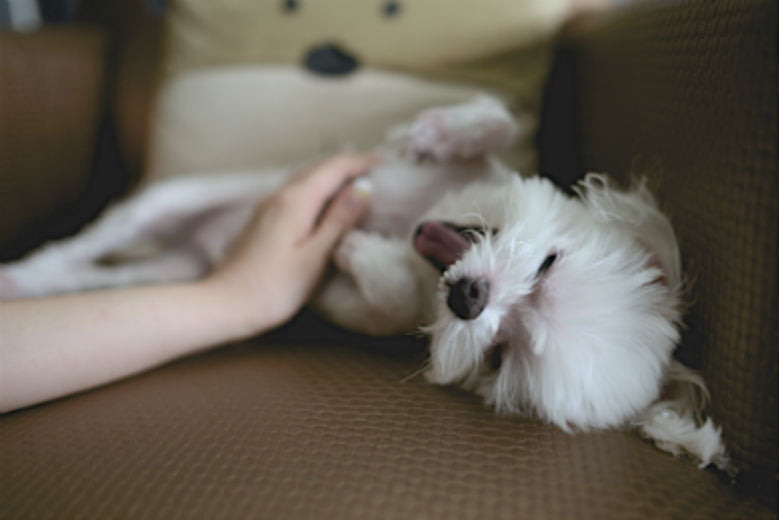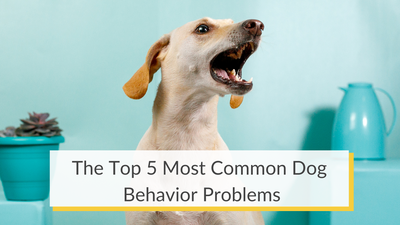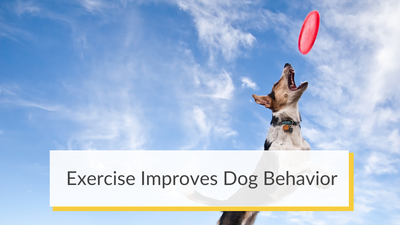Separation anxiety in puppies is a serious problem. Although it is not completely understood, we know that separation anxiety occurs because animals are left alone and have a hard time coping with loneliness. Symptoms of separation anxiety in a puppy can include pacing, panting, drooling, barking, crying, destructive behaviors, stress and anxiety for your furriest family member and more.
Puppies can be especially prone to separation anxiety because they need more human interaction and more companionship. They also don't yet have the skills of older dogs. Your puppy may not understand you're coming back.

Luckily, there are several ways you can help prevent separation anxiety in puppies and help them adjust. In fact, training them while young can set them up for good habits for a lifetime. We've compiled some of the best tips on how to stop separation anxiety in puppies so you can keep your tiniest furry family member safe.
How to Deal With Puppy Separation Anxiety
There are several things you can do about puppy separation anxiety:
- Know when not to leave your puppy. Puppies just can't be left alone for very long when they’re very young. They need to go potty every few hours and they are more vulnerable overall. A small pup can get in a lot of trouble home alone and they need your love and attention to grow and thrive. If you have a new puppy, consider working from home part of the time or have a reliable friend or dog sitter stop by during the day. If you're unsure about how long you can leave your dog, ask your veterinarian, since this can depend on breed, medical conditions and age.
- Practice crate training. Starting crate training early can help tackle separation anxiety while teaching good habits.
- Give your puppy a really great treat just before you leave so your leaving isn’t traumatic. You can help alleviate some of the terror that a small dog feels when you leave by having a special treat they get only before you leave. This can help them get something great out of your leaving and helps make the process a little less stressful.

- Get puppies used to your leaving gradually. Have a routine you go through before leaving. For example, you may grab your keys and put on your shoes. Go through the routine and start by stepping just outside the door. Come back in and lavish your dog with attention when they don’t bark. Then, gradually extend the length of time you spend outside the door. Listen for barking and reward your puppy when you come in and they have been quiet. Stay away for longer and longer periods of time until your pup feels more comfortable with the process and even expects it.

- Have a way of tracking what’s going on at home. Puppies are vulnerable, and if you want to know how to prevent puppy separation anxiety, you have to know if it's going on. Furbo Dog Camera lets you see what's going on at home in real time and in HD and night vision. This camera can dispense treats, and lets you talk to your puppy so you can calm them down.
Furbo has a bark alert feature which lets you be informed if your puppy is barking. Furbo ensures you know how your puppy is really doing when you're gone so you can get support on how to help your puppy with separation anxiety if you notice your furbaby is struggling. Get a Furbo today to start supporting your youngest furry buddy in feeling good about going solo when you're away.













